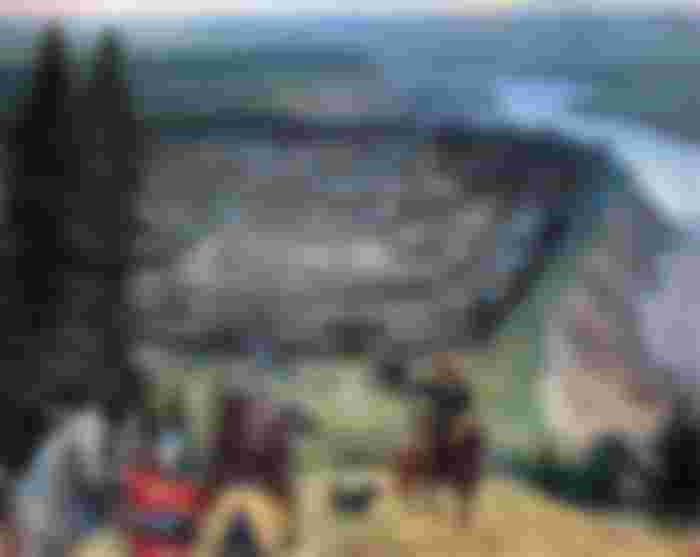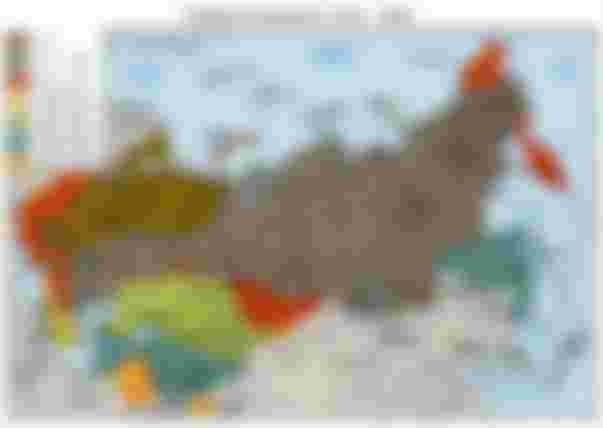Rich in fur, fish and ores, Siberia has long attracted Russian merchants and craftsmen, and the way to conquer this area was paved by the Cossack Ataman Jermak Timofejevic, who led the first campaign against the Siberian Khanate.
In the 16th century, Russian explorers discovered vast territories east of the Ural Mountains, where the Tatar Siberian Khanate with its capital Kashlyk was located. These areas were called Siberia by the Russians, and later all the territories beyond the Urals to the Pacific Ocean were called by that name. Administratively, today's Siberia does not include the Russian Far East, ie. it does not extend to the ocean. Rich in fur, fish and ores, Siberia has long attracted Russian merchants and artisans. Trading with the local population, ie. exchanging various products for valuable furs, the Russians managed to penetrate deep into Siberia and get to know it well. Among them were the Stroganovs, a trading family that supplied the royal court with expensive furs, for which they were rewarded with numerous privileges. The emperor gave them the right to use the land beyond the Urals and allowed them to build fortifications there.

Relations between Russia and the Siberian Khanate became tense when Khan Kuchum came to power. Khan's subjects undertook looting attacks on neighboring Russian villages, burning them and looting cattle, while taking people into slavery. In order to defend their country from Tatar incursions, the Stroganovs were given permission to organize their own army. Thus, in 1581, a military campaign to Siberia began under the command of Jermak Timofejevic, an experienced and brave warrior, respected among the Cossacks. Jermak gathered 500 Cossacks and set out to conquer Siberia.
The Cossack ataman and his warriors had to cope with numerous difficulties even before entering Khan's territory. When he learned that the Russians had crossed the border of his khanate, Kuchum immediately gathered an army. Her number worried Jermak, but he did not want to withdraw because he had already come close to the goal. It was the end of October and the north wind was announcing the imminent arrival of winter. At any moment, Siberia could become a trap for Russian soldiers, so Jermak's Cossacks had no choice - they decided to attack the Tatar capital Kashlyk. Although smaller than the Tatars, Jermak's army possessed firearms and defeated the enemy armed with bows and arrows, spears and swords. Seeing that the Russians were winning this battle, Khan Kuchum fled his city, leaving it to fate.

After the conquest of Kashljik, Jermak's Cossacks were preparing to return to their homeland, carrying rich booty. However, they decided to annex the defeated Kuchum horde to Russia. Achieving its goal, Jermak's army weakened at the same time. Diseases and conflicts with the Tatars inflicted irreparable losses on the Cossack forces. As long as they had enough gunpowder and lead, they could successfully fight against a numerically superior opponent. However, soon after they had used up almost all the ammunition, they lost the main advantage over the less armed enemy. Jermak sent a messenger to Moscow who informed the tsar that the Siberian capital had been conquered and that for the final showdown with Kuchum's army, the Cossacks needed help with food and ammunition. However, as help did not arrive quickly, it became dangerous to stay in Kašljik. Finally, in a desperate attempt to replenish food supplies, Jermak embarked on his final battle. On August 6, 1584, the Tatars attacked the decimated Cossacks, and in that battle the Russian conqueror of Siberia was killed. After the death of their ataman, the Cossacks decided to return to Russia. Of the 500 Cossacks who arrived in Siberia with Jermak, only 90 returned home. There are a large number of folk songs and stories about Jermak. The memory of him was preserved both among the Russians and among the local Siberian tribes who still honor the famous ataman who was the first to transfer the territory of Russia across the Urals.
The Russians returned in 1586, when they easily defeated the Siberian Khanate with a real army and built the first fortress, on the ruins of Kashlyk, which was destroyed by Jermak's Cossacks during the retreat. Kuchum Khan, however, suffered a decisive defeat only in 1598, after which he had to flee to the north, where he died in exile.
After his death and the collapse of organized resistance in Siberia, the Russians advanced at high speed towards Lake Baikal, then the Sea of Okhotsk and the Amur River. They stopped for the first time only when they reached the border with China, where a well-armed army was waiting for them. They reached the Pacific in 1639. In just 42 years, from the fall of the Siberian Khanate in 1598 to 1640, the empire expanded by several million square kilometers, and Russia became the largest country in the world.




Hi How are you